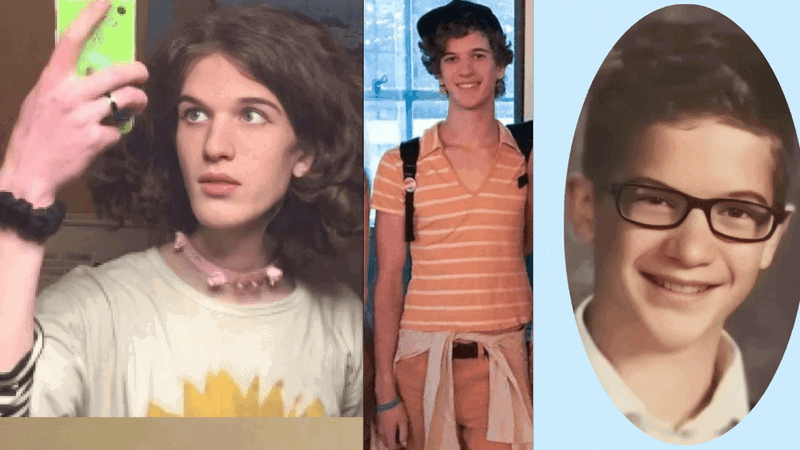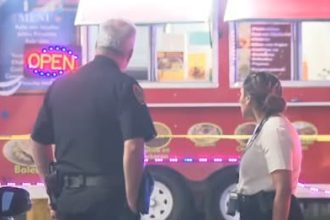In a chilling digital cry of despair that preceded unspeakable violence, the 23-year-old perpetrator of the Minneapolis Catholic school shooting left behind a deeply disturbing manifesto, painting a portrait of a tormented individual consumed by regret over his gender transition and a profound struggle with identity.
Authorities confirmed that Robin Westman, also known as Robert, posted the writings online shortly before carrying out the deadly attack that ended with two children dead, others injured, and Westman dead by suicide. The document, composed partly in English and partly in Russian using Cyrillic script and shared on YouTube, serves as a harrowing window into a fractured psyche.

At the core of the manifesto lies a narrative of deep personal anguish and a desire to undo the past. Westman expressed intense dissatisfaction with his physical appearance, zeroing in on his long hair as a painful symbol of a transition he now regretted. “I only keep it because it is pretty much my last shred of being trans. I am tired of being trans, I wish I never brain-washed myself,” he wrote, revealing a internal conflict that had festered into self-loathing.
The writings detail a person trapped by their own decisions, viewing their identity as an inescapable and publicly visible failure. Westman described his hair as a daily burden, yet one he felt he could not shed without facing social scrutiny. “I can’t cut my hair now as it would be an embarrassing defeat, and it might be a concerning change of character that could get me reported. It just always gets in my way,” he confessed, before adding a terrifying premonition: “I will probably chop it on the day of the attack.”
This despair culminated in a profound sense of hopelessness about the future. Westman articulated a wish to have been born a girl, coupled with the devastating conclusion that it was an unattainable ideal. “I regret being trans. I wish I was a girl, I just know I cannot achieve that body with the technology we have today. I also can’t afford that,” he wrote, exposing a tragic nexus of gender dysphoria, financial limitation, and a complete loss of hope.
The manifesto, now a central piece of evidence, has provided investigators with critical insight into the motive behind the shooting that shattered a community. It stands as a stark and tragic testament to how unchecked internal turmoil can curdle into unimaginable violence, leaving a trail of grief and unanswerable questions in its wake.



